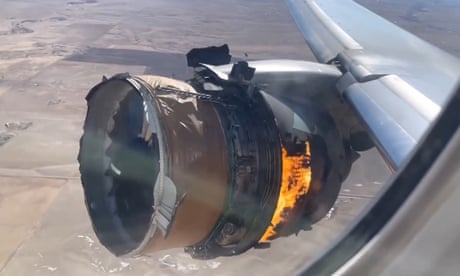ITHACA, N.Y. - Critics claim environmental regulations hurt productivity and profits, but the reality is more nuanced, according to an analysis of environmental policies in China by a pair of Cornell economists.
The analysis found that, contrary to conventional wisdom, market-based or incentive-based policies may actually benefit regulated firms in the traditional and "green" energy sectors, by spurring innovation and improvements in production processes. Policies that mandate environmental standards and technologies, on the other hand, may broadly harm output and profits.
"The conventional wisdom is not entirely accurate," said Shuyang Si, a doctoral student in applied economics and management. "The type of policy matters, and policy effects vary by firm, industry and sector."
Si is the lead author of "The Effects of Environmental Policies in China on GDP, Output, and Profits," published in the current issue of the journal Energy Economics. C.-Y. Cynthia Lin Lawell, associate professor in the Charles H. Dyson School of Applied Economics and Management and the Robert Dyson Sesquicentennial Chair in Environmental, Energy and Resource Economics, is a co-author.
Si mined Chinese provincial government websites and other online sources to compile a comprehensive data set of nearly 2,700 environmental laws and regulations in effect in at least one of 30 provinces between 2002 and 2013. This period came just before China declared a "war on pollution," instituting major regulatory changes that shifted its longtime prioritization of economic growth over environmental concerns.
"We really looked deep into the policies and carefully examined their features and provisions," Si said.
The researchers categorized each policy as one of four types: "command and control," such as mandates to use a portion of electricity from renewable sources; financial incentives, including taxes, subsidies and loans; monetary awards for cutting pollution or improving efficiency and technology; and nonmonetary awards, such as public recognition.
They assessed how each type of policy impacted China's gross domestic product, industrial output in traditional energy industries and the profits of new energy sector companies, using publicly available data on economic indicators and publicly traded companies.
Command and control policies and nonmonetary award policies had significant negative effects on GDP, output and profits, Si and Lin Lawell concluded. But a financial incentive - loans for increasing renewable energy consumption - improved industrial output in the petroleum and nuclear energy industries, and monetary awards for reducing pollution boosted new energy sector profits.
"Environmental policies do not necessarily lead to a decrease in output or profits," the researchers wrote.
That finding, they said, is consistent with the "Porter hypothesis" - Harvard Business School Professor Michael Porter's 1991 proposal that environmental policies could stimulate growth and development, by spurring technology and business innovation to reduce both pollution and costs.
While certain policies benefitted regulated firms and industries, the study found that those benefits came at a cost to other sectors and to the overall economy. Nevertheless, Si and Lin Lawell said, these costs should be weighed against the benefits of these policies to the environment and society, and to the regulated firms and industries.
Economists generally prefer market-based or incentive-based environmental policies, Lin Lawell said, with a carbon tax or tradeable permit system representing the gold standard. The new study led by Si, she said, provides more support for those types of policies.
"This work will make people aware, including firms that may be opposed to environmental regulation, that it's not necessarily the case that these regulations will be harmful to their profits and productivity," Lin Lawell said. "In fact, if policies promoting environmental protection are designed carefully, there are some that these firms might actually like."
###
Additional co-authors contributing to the study were Mingjie Lyu of Shanghai Lixin University of Accounting and Finance, and Song Chen of Tongji University. The authors acknowledged financial support from the Shanghai Science and Technology Development Fund and an Exxon-Mobil ITS-Davis Corporate Affiliate Fellowship.





